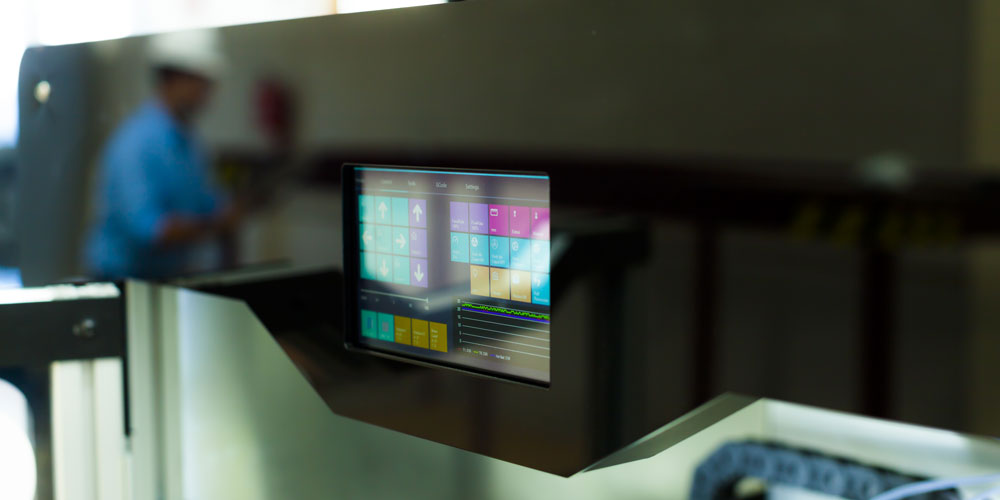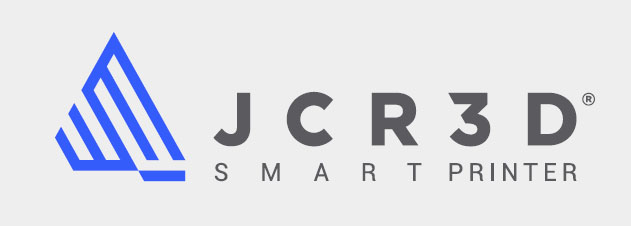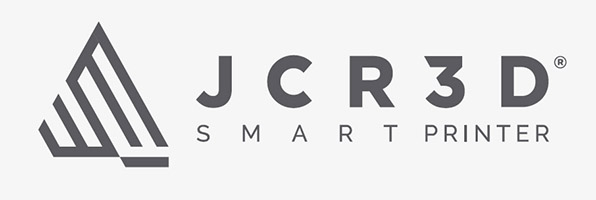
20 Dic How to Choose a Large-Format 3D Printer for Professional Use
Choosing a large-format 3D printer is easy once you know the key specifications to take into account. Let’s review what aspects to consider when choosing your 3D printer for professional use.
Criteria for choosing a large-format 3D printer
To choose a large-format 3D printer for industrial use, the first step is deciding on the basic aspects: size, technology, and available budget.
Our analysis centres on criteria for choosing large-format 3D printers with FFF technology (FDM), which are specially recommended for sectors such as automotion, aeronautics, and metal/mechanics for manufacturing tools, final pieces, and quick prototyping.
Once we understand the basic aspects, we should make our choice based on:
Hardware
Construction size
With respect to construction size, one of the factors that we must pay the most attention to is the printer bed. With a large bed, it is possible to produce several pieces or large pieces in the best possible manner.
In addition, we must also gather information on the precision of the X/Y- and Z-axis motors, given that the larger the printer bed is, the more sophisticated the calibration must be. Another point is the structural material or rigidity of the frame, in order to prevent deformations or low-tension movements.
JCR 3D smart printers are designed to offer the industry reliable large-format machines with the capacity to work with technical materials: 580 x 400 x 500 mm/520 x 400 x 500 mm (dual material) in the case of the JCR 600 series and 600 x 1000 x 600 mm in the JCR 1000 series.
Temperatures
The temperatures of the extruder, bed, and chamber must be consistent so that pressures are released gradually and to reduce the risk of deformation and delamination.
Higher temperatures allow for more technical materials to be printed. However, to do so, a print chamber and mechanical elements that withstand high temperatures as well as a cooling system for the extrusion head are necessary. Another point that must be addressed is a layer fan, which allows for accelerated cooling of recently-printed areas (except for the first layers, in order to prevent poor adherence to the bed). Software tools such as JCR Manager incorporate functions for managing this parameter (on/off and speed).
Acceptable temperatures are around:
- Extruder: 220º-500º.
- Bed: 100º-140º.
- Chamber: 60º-70º.
Extrusion system
A single extruder or dual extrusion? This choice must be made according to the type of pieces to be printed. For example, dual extrusion is appropriate for complex pieces (it may be necessary to print a support or to print a single piece with different materials).
If dual extrusion is chosen, it is important that the extruders are retractable in order to prevent the second nozzle from scratching the last layer that the first nozzle has printed, which would affect print quality.
Precision of the XZY-axis motors
In order to obtain a quality piece (in appearance and dimensional control), you must check the minimum layer height and the precision of the X/Y- and Z-axis motors.
Generally, large-format 3D printers can produce vertical layers that are 100 to 600 microns thick. 300 microns is quite recommendable.
With respect to the X, Y, and Z motors, a precision of 15 microns or less will produce very good results.
In order to have more reliable information about whether a printer meets your needs, it is recommendable that you request a demo piece from the supplier or try the machine before buying it.
Materials
Before choosing a large-format 3D printer, you must ensure it is compatible with the materials you need to print.
The most used materials in 3D printing with FFF technology are ABS and Nylon with carbon fibre, but it is possible that you need materials with more mechanical properties such as flexibility, toughness, or heat resistance.
Each material requires different capabilities of a 3D printer, such as the temperature of the extruder, the manufacturing bed, the temperature in the chamber (controlled to prevent thermal contrast), or extra-strong machine components.
Therefore, before choosing a large-format 3D printer, we recommend that you check with your supplier regarding your materials policy (open to working with main manufacturers or closed in the sense that you will only work with your own materials), the technical materials that have already been tested in your machine, if it can offer user guides on each certified material, and its roadmap for incorporating new materials from the main manufacturers.
At JCR 3D, we have a department specialised in testing and selecting materials from the main manufacturers that are appropriate for industrial use. Our printers are open for the use of any printing material, with equipment that is mechanically and electronically optimised to withstand manufacturing with the most demanding materials. Consult the applications of each material with our team or request the technical datasheet on each material.
Software
Although the criteria listed above are the initial factors that will help you choose a range of possible suppliers, when it comes to evaluating this type of investment, it is also necessary to consider another set of the machine’s functions that make it possible for the production launch to yield fast amortisation and a positive ROI.
The machines must incorporate functions that make it possible to have reliable control over printing that allow for the production process to be assured and to reduce production times and costs.
Pre-printing software functions
- Smart software that prevents sending files with export or design errors to print.
- Function for the detection and correction of errors in G-Code files.
- Templates for use with certified materials.
- Basic design options such as cutting a piece, assembly, export, etc.
At JCR 3D, we have designed our printers with the goal of solving the main problems in the industry in mind. Our smart printers include JCR Manager, software for management and communication between the user and the 3D printer to guarantee reliability and prior optimisation of printing parameters. They feature functions to verify and automatically repair the STL file (Automatic Check) and to verify that the G-Code file configuration and the 3D printer are compatible (File Tester).
They also include licenses to software for analysing, repairing, and editing files (JCR Edit) and 3D layering software for converting .stl files into G-Code files (Simplify 3D®) as standard. They have an ergonomic, comprehensive interface and control panel for following printing and production parameters.
Software functions during printing
- Guided assistants for the calibration of the bed and extruders.
- Smart UPS system.
- System to restart printing following an electrical outage.
- Control and notification of the end of the filament.
- Controlled stop for the insertion of metallic elements into the piece, etc.
Post-printing software functions
- Assistant for notification and control of preventive maintenance:
- Immediate remote connection assistant for Technical Assistance Department actions.
- Generation of time-lapse video of printing.
On the product sheet for each JCR 3D printer, you can review our machines’ functions and download technical dossiers.
Trustworthiness of the supplier and post-sales support
Another aspect that is also important to evaluate when choosing a large-format 3D printer is the trustworthiness of the supplier. You can learn about this by investigating other clients that the supplier already works with or by reviewing their success stories.
It is also important to assess post-sales support (guarantee, technical support telephone service, consulting on design orientated towards 3D printing, consulting on optimal positioning of pieces for the print size, consulting on 3D printing materials, etc.) and the value-added services on offer (training on design for FDM, materials, etc.).
More than 100 clients such as Airbus, John Deer, Volkswagen, and Spain’s National Institute of Aerospace Technology already work with JCR 3D printers. If you need more information, contact our team.


